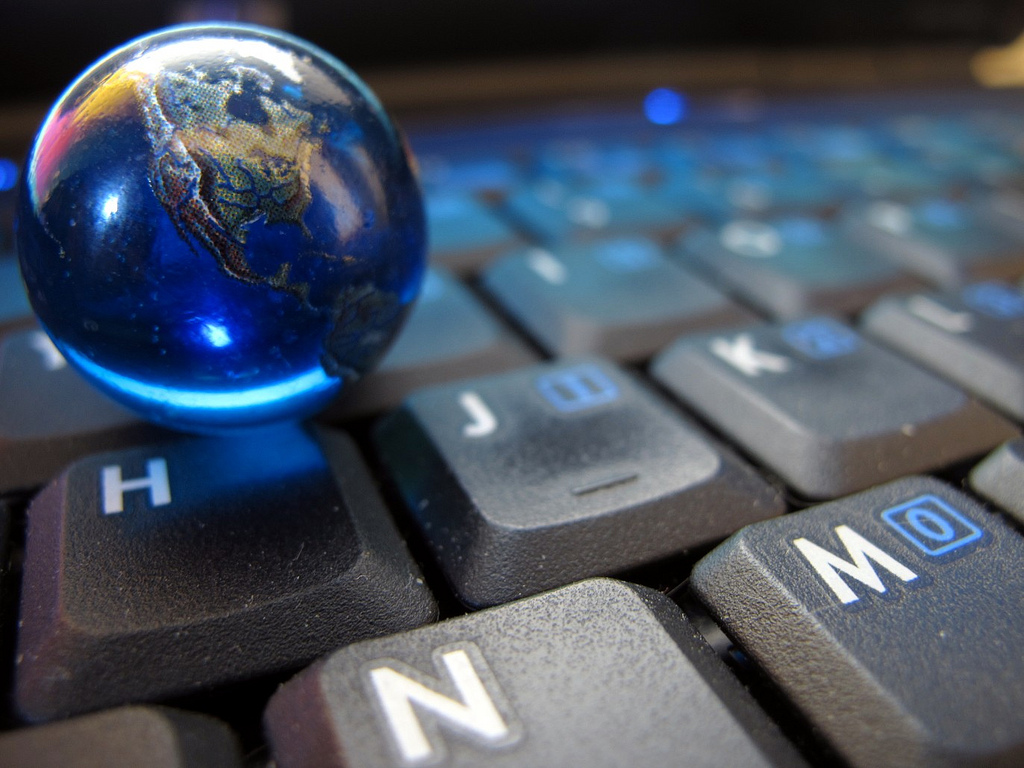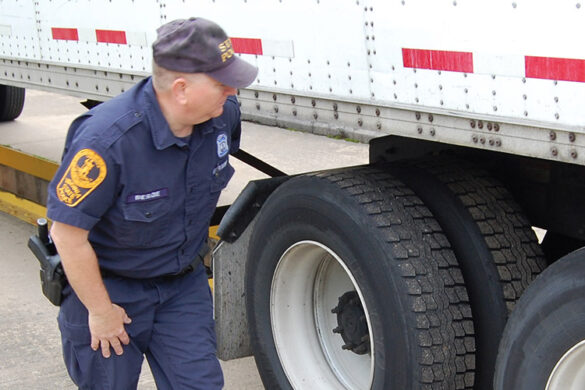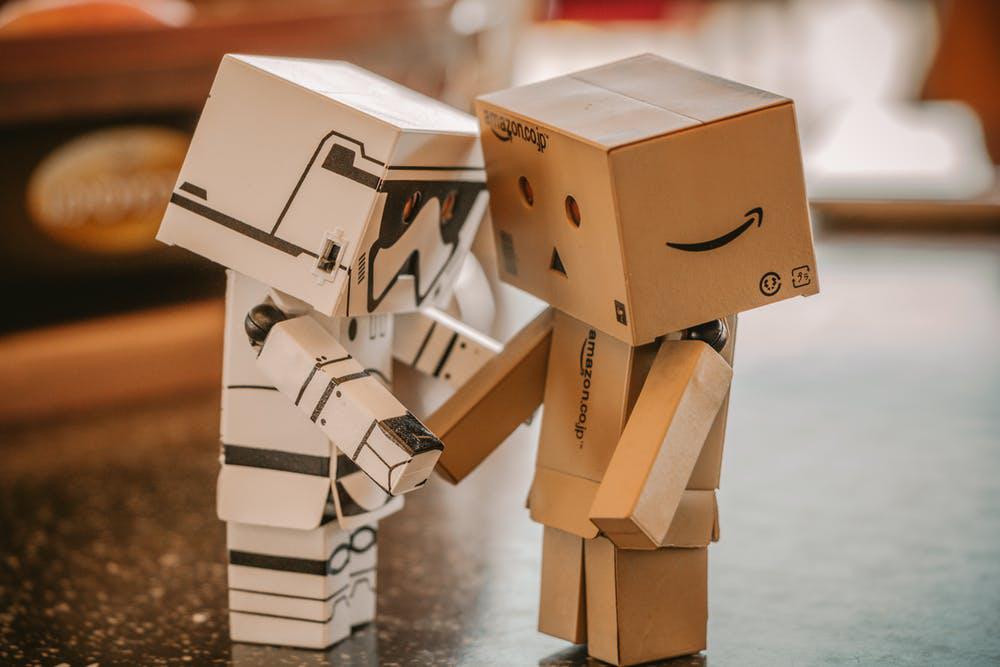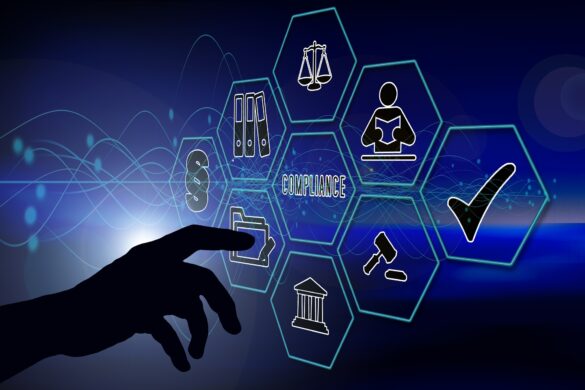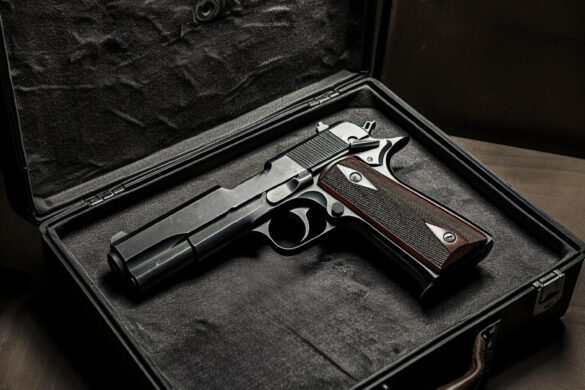Security is tougher than ever before, with borders in particular looking at new technology that can help them monitor imported goods. Join us as we take a look at the new technology that is being introduced to better assist border control forces with their very important work…
1. Internet of Things
You’re probably already familiar with the Internet of Things. Global management consulting and professional services firm Accenture has acknowledged that custom agencies can also be using IoT to enhance their operations.
“For instance, IoT can check whether cargo actually moves along the declared routes or detect potential tampering by tracking unexpected temperature changes in containers” was one comment from the firm.
Hamburg Port Authority has revealed that it uses such technology to monitor cargo closely. Data is collected by the authority from sensors which are embedded into bridges, containers, roadways and vehicles, and then analysed. Once the analysis is complete, the findings can be delivered to officers remotely, as well as fed into schedules and assisting road authorities to channel traffic in more effective manners.
2. Drones and holographic printers
The Border Security Expo in Texas that is held each year revealed that Zebra Imaging are selling holographic printers for $1 million. According to the report, these machines were already being utilised at Border Control stations in El Paso, San Diego and Tucson — having initially been sold to the US military for use across Iraq and Afghanistan and producing some 14,000 images during missions throughout the Middle East.
As well as the above, authorities will have a greater view on almost everything. Photos can then printed using the holographic printer, which can then be used to gain a better understanding of the landscape and to deploy effective missions if necessary.
“Holograms do not save lives and they do not stop bullets, but what they do is give people a cognitive idea of what’s going on around them physically. We provide you that visual sense of presence — a hologram looks so natural, you think it’s a solid model. Your brain thinks it’s a full model even though you know intellectually it’s a light pad”.
Not only will this help detect unusual behaviour, it will help with employee training and will ensure a greater understanding of the importance of border security. Director of Government Relations at Zebra Imaging, Rich Black underlined this point by showing a 3D image of some borderlands in Arizona at the San Antonio expo, complete with vivid mountains. “This provides a 360-degree full view,” Mr Black acknowledged. “It’s to give the agents a presence of where they are so if they’re doing a mission plan, for instance, when I point here you all know exactly where I’m pointing.
3. D3S wearable RIID
Standing for Radioactive Isotope Identification Device, D3S wearable RIID has been launched by Kromek. With this, New Jersey Port Authority monitored the President of the United States throughout his trips across Europe.
RIID can be used as radioactive sensors too, which is incredibly useful with an increased terror threat level. The D3S is much more sophisticated than the standard version due to its hand-free capabilities. Simply turn the detector on and then launch the accompanying app on your smartphone and the gadget will continuously scan for radiation without anyone needing to see it in operation or potential suspects to get suspicious — any alert of radiation can be picked up by your phone either sending an announcement into your earbud or simply vibrating.
“Armed with the D3S wearable RIID, you are a walking gamma and neutron detector, able to detect even shielded sources and identify the isotopes used” was one comment by Kromek on the matter.



